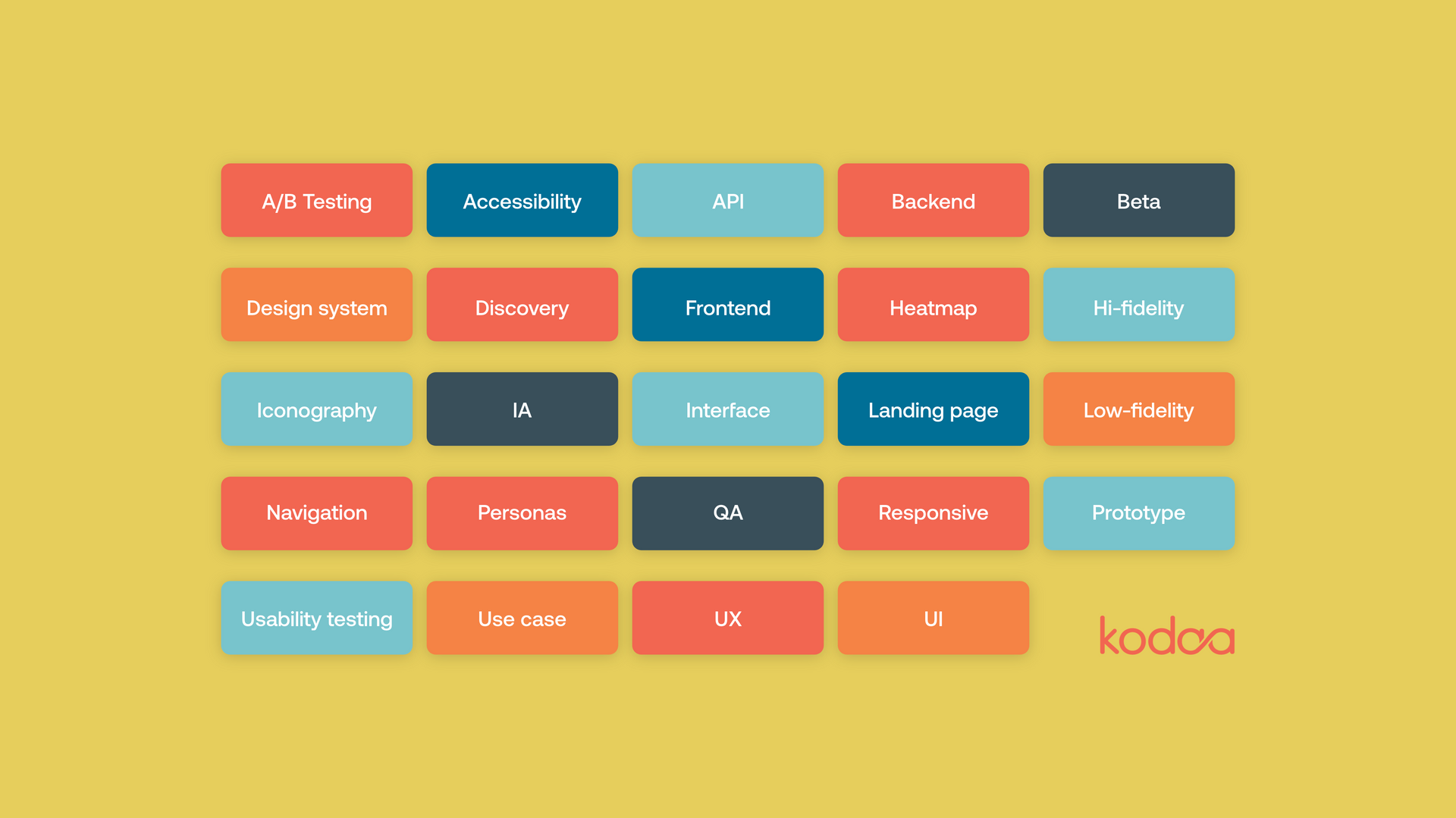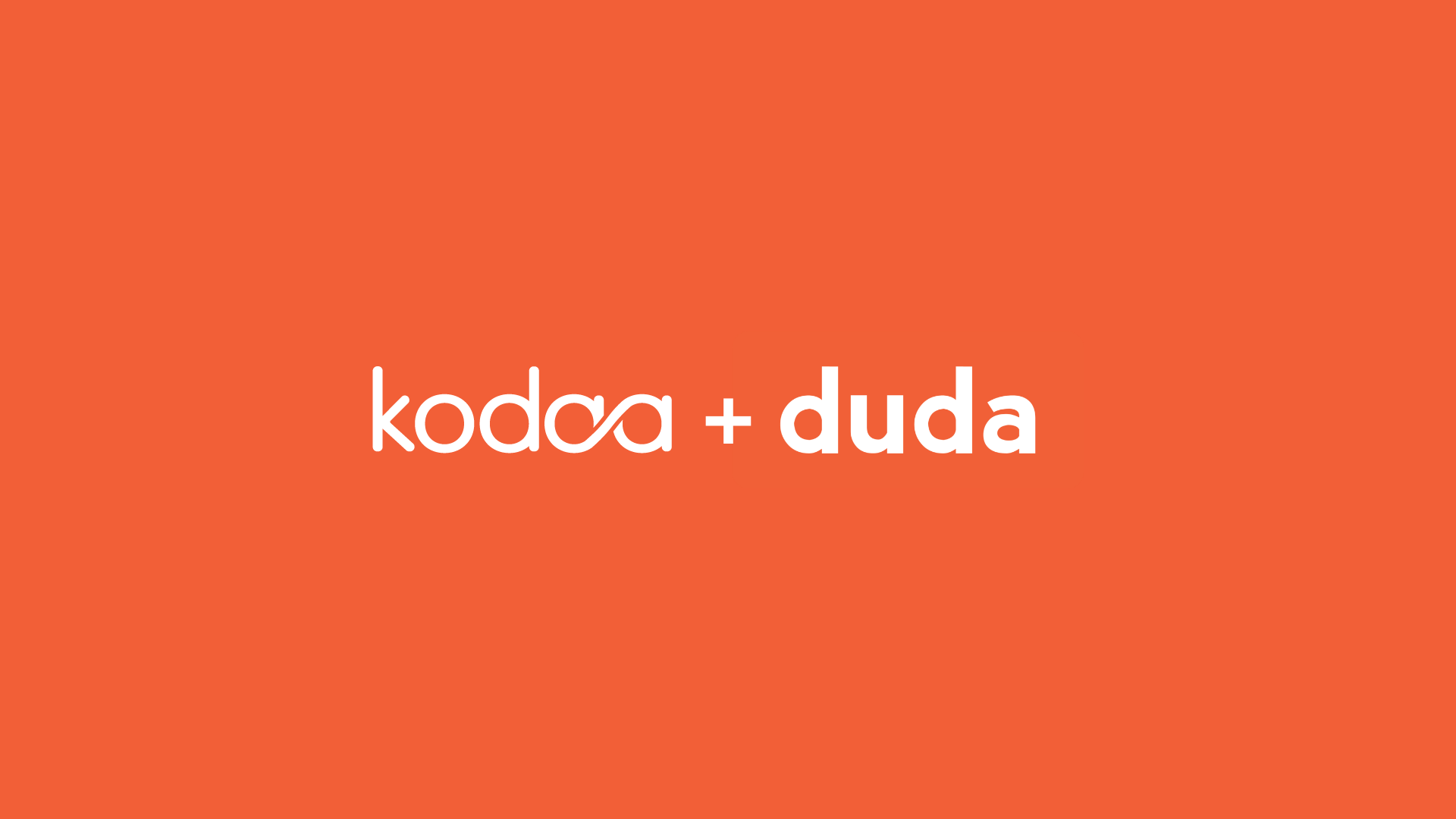All Rights Reserved
One of the biggest challenges our clients face is connecting design and development. We've seen it so many times – amazing designs that just don't mesh with the technical needs, and developers who can't move forward without the right designs. This is the reason we’re constantly talking about the importance of solution design.
What is solution design?
So, what exactly is solution design? It can be hard to get your head around, mostly because we're so used to thinking of "design" as something visual. Don't get us wrong, visual design is important – we all come from visual design backgrounds, back when print was king. However, nowadays we're designing tech-driven vehicles to bring business ideas or customer solutions to life. That means the "design" process needs to be more like a tapestry of three intertwined processes: functional, visual, and technical.
Solution design is all about defining how a system or application will meet the needs and objectives of a business problem. For us, solution design is the process of creating a detailed plan for a website, app, system or product that gives consideration to both users and data, visual design and technology, front end and back end, content and structure. What do you end up with? A complete blueprint and design manual which a development team can pick up and run with.
Do you really need solution design?
While most clients agree it sounds like the right approach, they can't help but question if it's really needed – is solution design worth the investment? We understand the temptation to dive straight into development, especially when you want to get your product up and running ASAP. But from our experience, putting your resources into planning and design at the beginning is the best way to make that happen.
What are the benefits of investing in solution design?
As digital consultants who specialise in UX, design, and product development, we’re often asked how we fit in and bring value to the development process. If you break down the development process into simple, linear steps – discovery, planning & design, development, and growth – you'll find us playing a role throughout the whole journey, helping our clients connect the dots and navigate the process for the best possible results. But it's really in those first two phases where we have the biggest impact. We help our clients transform their problem or idea into a fully scoped, planned, and ready-to-build product blueprint.
So, what does this mean for our clients?
No surprises
Before development begins, everyone has a crystal-clear understanding of all the functions and moving parts, along with the cost and time needed for each. This allows you to make informed decisions about which features to include and which ones to put on the back burner. The best part? You won't get hit with an unexpected bill halfway through development for an "out of scope" feature you were sure was included.
Engage the right teams
With so many platforms, tools, and technologies out there, nobody can be an expert at everything. But when you have a clear idea of the tools you plan to use and the systems your product needs to work with, it helps you bring in the right people for the job. And trust us, having the right team on board usually means getting the job done way faster.
Accurate development quoting
Unknowns can be a real nightmare for developers. It's hard to quote something without clear documentation that spells out how it should look, behave, and interact with other parts of the system. Sure, a developer might add some fat to accommodate for those unknowns, but at the end of the day, if they don't know about it, it won't be part of the quote. And sometimes, things that appear simple on the surface can be trickier than you'd expect.
Shorter development timelines
It seems obvious now doesn’t it? Having a map helps you reach your destination faster. And the better the map, the quicker you'll arrive. When a developer knows precisely what they're building, they spend less time going back and forth asking questions, solving problems, and rebuilding stuff. Instead, they can focus on getting the job done. We've found that with a solid product blueprint, development tends to run pretty much on schedule – unheard of, right!?
Greater visibility over milestones and deliverables
Whether it's your own personal project or you're managing one on behalf of an organisation, knowing exactly what you'll get and when, helps you relax and focus on everything else you've got going on. It also helps when it comes to managing stakeholder expectations and creating alignment amongst other teams and divisions.
What does Kodaa deliver as part of the solution design process?
Kodaa was founded to help bridge the gap between design and development. So we’re not your typical design agency or development house. We bring together user-experience design, visual design, and technical design all under one roof. Think of a design firm that's joined forces with a development agency – that's us.
Depending on the project, the deliverables that make up the Solution Design phase might vary. But, will likely include many of the following outputs:
Research
- Requirements document
- User Research takeaways
- UI/UX audit document
- Technical/systems audit document
- Problem statement
Experience
- Solution architecture map
- User & data flow maps
- Wireframes
- User testing outcomes
Visual design
- UI designs
- Design system
Development planning
- Functional specification document
- Development estimate
- Feature set documentation
- Development roadmap
In conclusion ...
We hope we've helped demonstrate that visual design is just one piece of the design process and that investing in proper planning and design upfront is well worth it – it can save you money, get your product to market faster, and make the whole process much less stressful!
If you need help with your project or want more info about our design process, including extra details on the outcomes mentioned above, just head over to the Kodaa website and get in touch with us. We’re always happy to answer any questions you have, so don’t hesitate to reach out!
Keep reading


Kodaa


